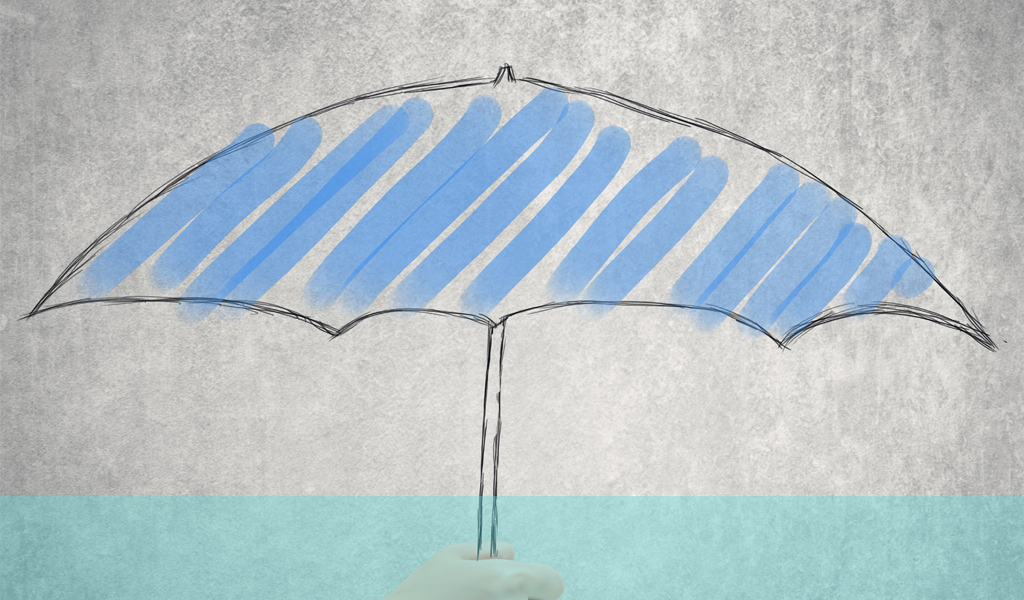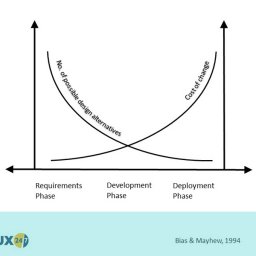
I had a question this week about discovery research and which channels it would generate insight about. Discovery research, as the name suggests, takes place at the beginning of a project, or even before there is a project. It determines whether there should be a project or not.
What is discovery research?
Discovery research is used to identify user needs. These are not necessarily known needs, although they can be, they are likely to be generated by “discovering” a problem state that the user may only obliquely be aware of. The goal is to paint a broad pitcher about the need and problem state so that you can determine if and how you meet it.
A methodology often used as part of discovery research is Diary Study, and it provides a helpful illustration of how needs are identified. A diary study captures data over time (longitudinal research) by asking a user to record what they are doing, thinking and feeling. A fictional record could be that time was spent queuing for something. It may not have appeared to be a big deal to the user but that could be the problem you have a potential solution for.
Discovery research is channel agnostic
Discovery research is rarely designed to limit the user in what they record. Much better to have them naturally record everything meaningful and for us to pull out of it what we need. This also means they get into the habit of keeping a diary and so the insight becomes more meaningful. These days it isn’t an actual diary of course the data capture method is generally digital often social media.
It is channel agnostic – the umbrella is very large. We may decide to only focus on a digital aspect, but in today’s product development world where service and product are barely separated, that is rare. Discovery research will reveal digital gaps/opportunities or service opportunities that fix a pain point you didn’t even know existed. The investment has very high ROI and tends to be long lasting because you get multiple uses of the business intelligence gained, over time.
If you would like to know more about how discovery research can help your product development, call us on +44(0)800 024624 or email us at hello@ux247.com and one of our experts will be happy to show you.

















[…] month, we completed discovery research in the Chinese market for one of our global clients. Typically, our clients are trying to […]
[…] first stage of a product development is discovery research. It identifies the unmet needs that a proposed proposition might address. If, not when, those needs […]
[…] – Discovery research is the first step towards understanding how users react to your […]
[…] my experience, the organisations that are more mature in UX carry out lots discovery research. Those that are less mature tend to focus on usability testing later in the development cycle. I […]
[…] Discovery research identifies user needs that aren’t under direct scrutiny. One example could be using a diary study to paint a broader picture of a user’s actions and behaviours. This method could quickly uncover pain points a laboratory study couldn’t possibly access, especially in offline situations. It can also save you time and money, as discussed in this article from our knowledge base. […]